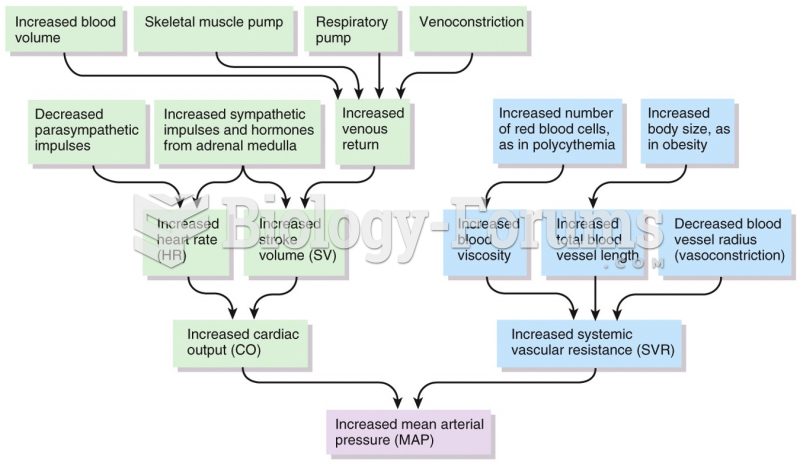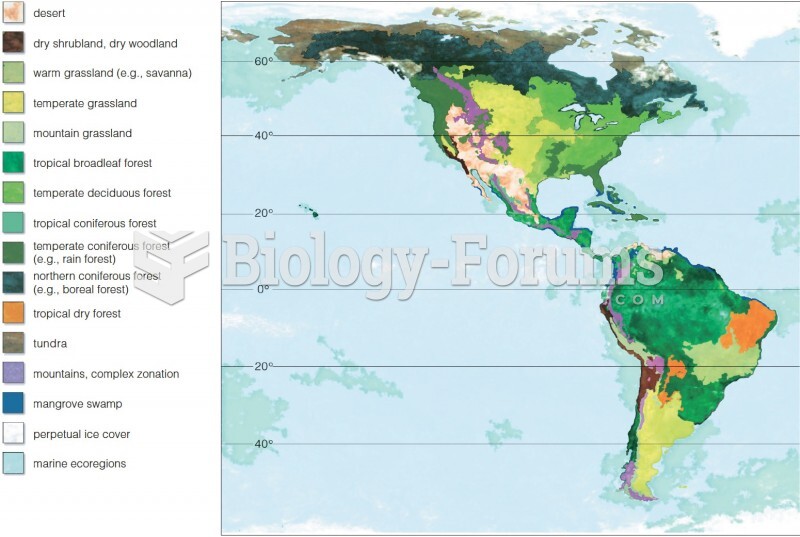Answer to Question 1
One important interaction that must be considered is the tradeoff between distribution and transportation operations. When a supply chain has no market-facing DCs or warehouses (product is sent directly from plants to individual customers), transportation costs will be very high. Organizations may benefit substantially from the establishment of one or several warehouses to reduce transportation costs. Large shipments can be transported over long distances from plants to distribution facilities via truckload carriers; then the smaller shipments are delivered to nearby customers. However, there comes a point where you build too many warehouses and total costs increase. Why is this so? With so many facilities, operating costs will increase and transportation expenses will rise (inbound shipments will become less-than-truckload shipments, which are more expensive than shipping full truckloads).
Another key tradeoff must be made between distribution and inventory. Generally, the more DCs and warehouses, the higher the total inventory carrying costs will be. As facilities are added to a fulfillment system, the amount of inventory will increase in total, but at a decreasing rate. This move toward decentralized inventory inhibits the ability to adopt a risk pooling strategy as each facility must hold additional safety stock.
The tradeoff between distribution operations and customer service is another important issue. More distribution facilities in the supply chain create better service for customers. Buyers are more comfortable if they know the supplier has a DC within a day's drive from their operations. Decision makers must balance the value of better service levels with the additional costs of operating facilities and carrying inventory.
Tradeoffs must also be made at the facility level between the primary resources available to distribution managersspace, equipment, and people. Space allows for the storage of goods when supply and demand are imbalanced. Warehouse equipment, including materials-handling devices ranging from racks to conveyor lines, supports the efficient movement and storage of product within the distribution facility. People are the most critical distribution resource, playing multiple roles in the facility over different schedules. Their capabilities can be increased through training, while their numbers can be quickly increased to handle demand surges.
Answer to Question 2
A







